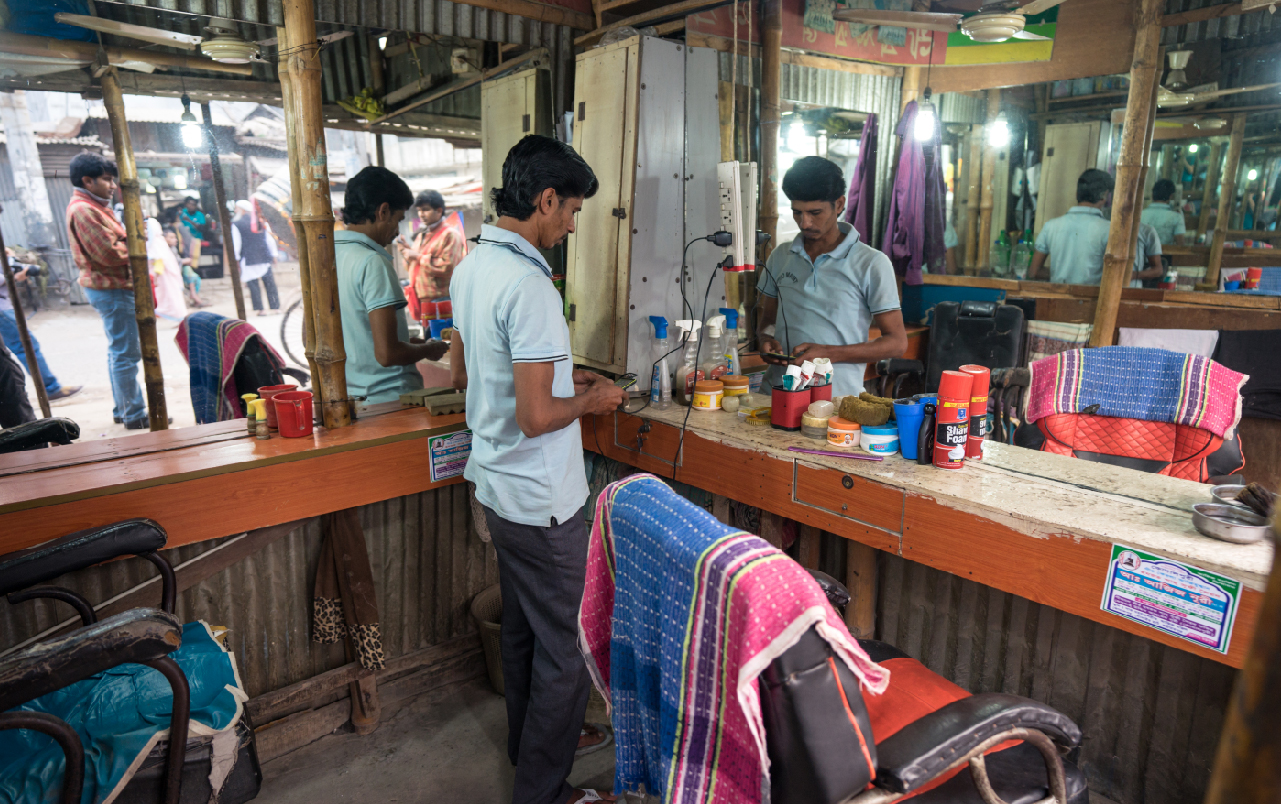As data from the last few months become available, the financial situation looks discouraging. At the same time, there is…
This article is based on the author’s text published in the Asia Pacific Watch, by the Indian Chamber of Commerce, in September 2020.
The contribution of the micro, small and medium enterprises (MSMEs) to the economies in the Asia Pacific region is significant. The sector contributes to economic growth, employment, and trade in these economies. COVID-19 has affected the sector severely. Due to the coronavirus pandemic, the supply chain has been disrupted within and outside the countries, and business operations have been hampered since the beginning of 2020.
Due to limited economic activities and lockdown in most countries in the region, the MSMEs are finding it difficult to survive. A survey on 30,000 businesses across 50 countries by Facebook, the Organisation for Economic Cooperation and Development (OECD) and the World Bank indicates that 18% of the small and medium enterprises (SMEs) in the Asia Pacific region had to close their operations between January and May 2020, compared to the global average of 26%. However, businesses in South Asian countries had to experience a larger shock and 46 % of the SMEs closed their operations during the abovementioned period. Women-led SMEs have been affected disproportionately as their operations are smaller and they have very little savings. For instance, in East Asia and the Pacific region, 22 % of businesses owned by women had to close down as opposed to 16 % of male-owned businesses.
Governments across the region have adopted various fiscal and monetary measures for the MSMEs to revive their businesses. These include stimulus and relief packages to the affected companies. However, the MSMEs require more attention and support as they have limited resources and flexibility to survive during a crisis. They lack savings which can help them stay afloat. In this regard, a number of issues need to be considered by the policymakers.
First, many MSMEs in the region operate informally. Given that a large number of people earn their livelihoods from this sector, all MSMEs should be listed by governments and recognised. That way, they can receive all support measures offered by the government.
Second, companies are becoming increasingly dependent on technology. This has been more so during COVID-19. However, most MSMEs are yet to adopt the technology due to both lacks of resources and skills. This trend risks creating further gaps between the large and the small enterprises, as well as added inequality in society. In order to help companies survive during the digital era and reduce the glaring disparities between the MSMEs and the large businesses, governments in the Asia Pacific region should provide them with continuous support during the COVID crisis.
Third, the MSMEs should be supported through measures such as lower taxes and wage subsidies. Many countries in the region are already supporting the MSMEs with some of these procedures. For example, in Bangladesh, the government has announced a stimulus package equivalent to about USD 2358 million exclusively for the cottage, micro, small and medium enterprises (CMSMEs) at a subsidised interest rate. This is liquidity support from the commercial banks under which the CMSMEs will pay 4% interest rate out of 9% while the government will pay the other 5% interest. South Korea and China have deferred their tax payments and reduced value-added tax for small businesses. Indonesia and Cambodia have cut the rate for the priority sectors. India has announced liquidity support to the SMEs and a bailout of more than 200,000 ailing SMEs.
These initiatives are indicative of the respective government’s commitments towards the sector. However, given the susceptibility of the sector and its contribution to the economy the MSMEs need further attention. In many countries in the Asia Pacific region, there are real problems in implementing the stimulus packages announced by the governments. For example, the MSMEs do not usually go to commercial banks for credit even though there are policies and packages in place. Bangladesh is a case in point. Therefore, many of them do not have transaction or loan records with commercial banks. Now, when stimulus packages have been announced, the commercial banks are hesitant to provide loans to the MSMEs. They are apprehensive of the loan repayment given to these MSMEs. Neither do banks find it cost-effective to give them loans, as their operational costs for the MSMEs will be high. Thus, despite stimulus packages announced by the governments, the MSMEs are yet to benefit from those fully. Many governments have provided credit guarantee schemes to the banks. Hopefully, commercial banks will now be willing to extend loan facility to the MSMEs.
The underlying reason behind increased support to the MSME sector is that it is less resilient to a catastrophe such as COVID-19. However, the sector is the engine of growth in the Asia Pacific region. As a source of economic output, employment and income, the sector also plays a critical role in making growth inclusive. Therefore, the recovery measures from the fallout of COVID-19 will have to take special consideration of the needs of the MSME sector.


